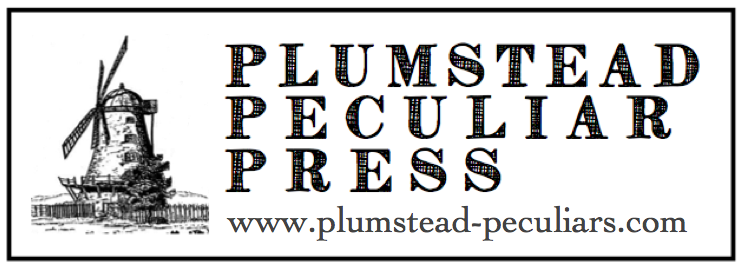Amyas: The Ghost in the Machine
Emily Baines – Recorders
Steven Devine – Harpsichord
Poppy Walshaw - Cello
Arngeir Hauksson – Theorbo/Baroque Guitar
This programme is centred around the performance style found in mechanical musical instruments (generally barrel-organs and organ-clocks) produced in eighteenth-century England. It features a combination of pieces which appear in treatises or other publications offering information from composers about performance style, and pieces whose style has been preserved within the pins, barrels and pipes of mechanised musical instruments made over 200 years ago. As historical performers much of our knowledge of style is based on the study of treatises on performance written in earlier eras. These are open to much interpretation, often appear to disagree with each other, and frequently the modern reader must decipher what they have omitted because it seemed too obvious to mention for readers at the time.
During the eighteenth-century there was a fascination throughout Europe with the mechanical replication of real life. Automata were developed which imitated animals, birds (including a duck which appeared to digest food), and people (including a live flautist). These were admired (and sometimes even feared) for their life-like qualities, and makers of mechanical musical instruments were praised for producing instruments 'with so much delicacy and taste, as to convey a warm idea of the impression which the hand gives on the instrument.'(W. Coxe). The performances heard in mechanical musical instruments are effectively recordings of musical performances which delighted their audiences at the time they were made, but which can prove challenging both to our ears and our ideas about the ways to perform music from this period. The most striking feature is the abundant use of ornamentation which often employs types of ornament we may not habitually use, in places we may not have considered. However, there are also other aspects to examine such as rhythmic figurations like dotted rhythms and notes inégales, the way chords are spread, and even relative tempi. This recital seeks to place transcriptions made as part of my study alongside pieces which present a comparable style notated by composers in the eighteenth century. These are taken from repertoire for recorder, flute, harpsichord and violin, and we will try to remain as close as possible to the written decorations, so as to provide a clear comparison.
Two mechanical instruments have been used as the principal sources for this performance. The earliest is a clock made by Charles Clay in London in the 1730s. Little is known of Clay’s early life, he seems to have been born near Huddersfield but by 1720 he had moved to London and established himself as a clock and watchmaker in London just south of St Mary-le-Strand. In 1723 he was appointed Clockmaker to His Majesty’s Board of Works, a position held until his death in 1740. His clocks were admired by royalty (indeed two ended up in royal collections) but they also provided entertainment for those from other walks of life, being exhibited at his workshop where anyone could pay a shilling to hear them. Clay collaborated with many of the finest artisans of his day and his clocks contained artworks by Louis François Roubiliac (later commissioned to design Handel’s memorial in Westminster Abbey) and also John Michael Rysbrack (responsible for the monument, also in Westminster Abbey, to Sir Isaac Newton). The painters employed by Clay included Jacopo Amigoni, renowned across Europe, who was resident in London from 1730-39 but eventually settled as court painter to Ferdinand VI of Spain and director of the Royal Academy of Saint Fernando. Clay's clocks were advertised as containing music by Corelli, Geminiani and Handel. The British Library's Aylesford Collection contains scores in the hands of Handel's scribes which connect the clock tune arrangements directly back to Handel himself and since they were exhibited only minutes away from his house and Drury Lane it seems unlikely he would not have heard them. The clock from which our pieces are taken has remained for many years in a private collection but has recently been acquired by the Museum Speelklock in Utrecht where it is undergoing restoration prior to permanent public display.
The second instrument is a barrel-organ made by Henry Holland and housed in the Colt Clavier Collection in Kent, and. Holland was the nephew and apprentice to George Pyke, son of John Pyke, Clay's successor and executor of his will. The organ was probably built in the late 1780s/early 1790s and stands as a testament to Handel's enduring popularity, since more than half the music contained within the barrels is his. The performance style is remarkably similar to that found in Clay's clocks, suggesting that once musical works became popular, even canonic, listeners may have preferred to hear them played in a familiar style rather than a revolutionary new one. This organ, in remarkable condition, features music by Arne, Shield and other popular composers alongside popular folk tunes and dances of the day. These fill the first four barrels (each barrel containing 8- 12minutes of music). The remaining 12 are devoted largely to Handel's music and feature opera arias, incidental music and two organ concertos.
